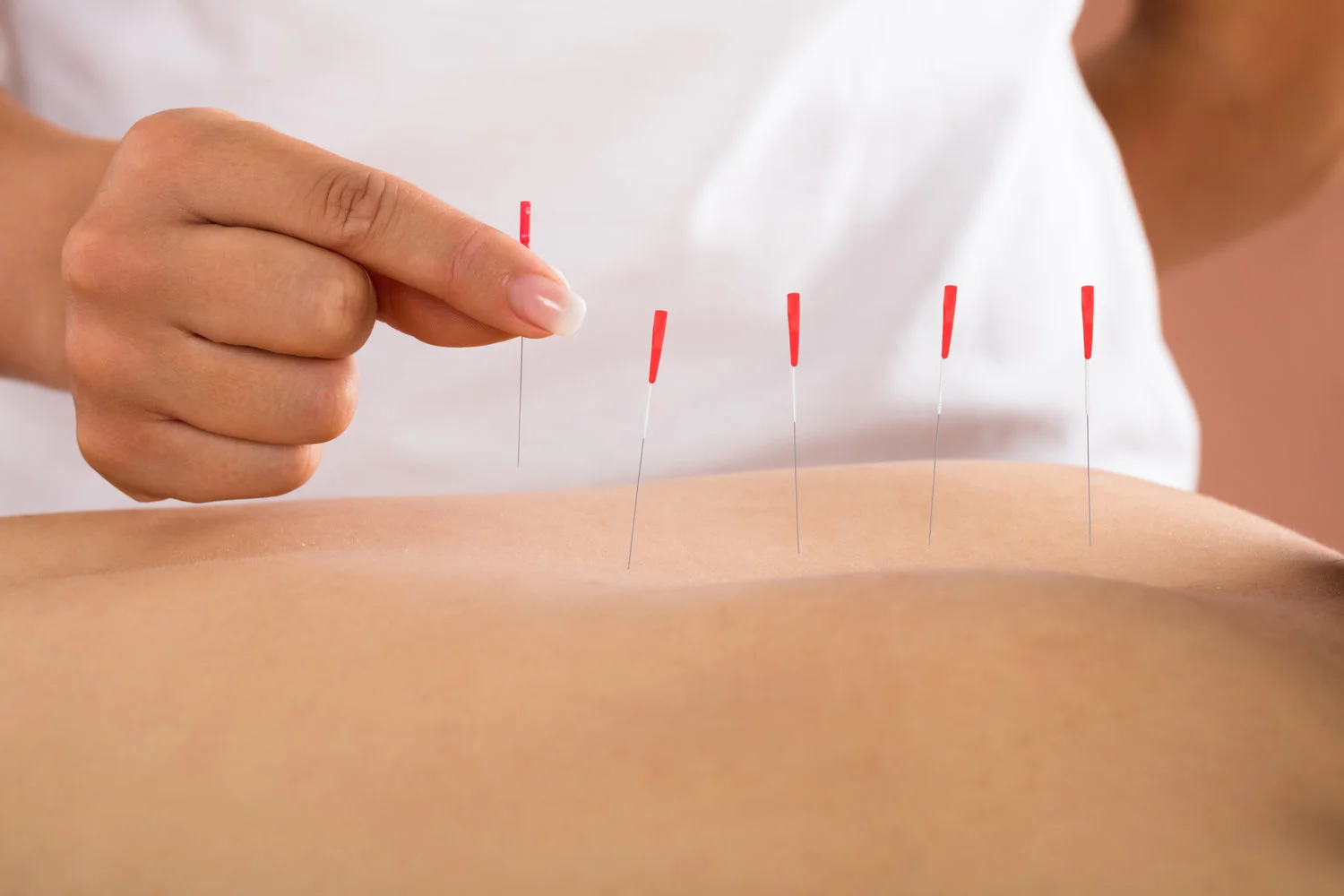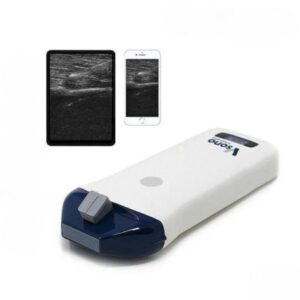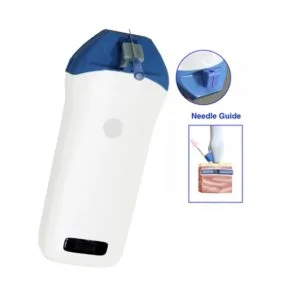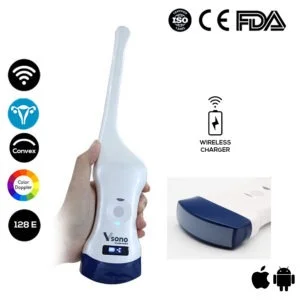Dry needling is inserting a hypodermic needle into the body without injecting any substance. In some instances, ultrasound-guided dry needling is necessary to identify damaged parts, such as tendons.
The ultrasound scanner is applied to the affected tendon. The scan results are deciphered and analyzed by technicians can decipher and analyze. Practitioners will examine the images and decide which tendon is healthy and which one is unhealthy or damaged.
When it comes to helping patients overcome the difficulties of chronic tendon disease with dry needling. The advantage of using ultrasound scanners manifests itself mainly in the accuracy of the diagnosis. In the past, physicians used to reply primarily to the patient for information about where exactly the problem was originating from. This could lead to the wrong diagnosis. and henceforth, the wrong medication.
Usually, a mini-linear ultrasound scanner with a needle guide, such as the Mini-Linear Wireless Ultrasound Scanner: Vsono-ML2 is used. It can be quite useful to doctors and physical therapists in order to find the area that has the pathology. The Mini-Linear Wireless Ultrasound Vsono-ML2 can guide the needles directly to where they need to be inserted. This minimizes false positives, saves the patient’s time and discomfort, and makes these kinds of procedures safer and quite effective.
Ultrasound-Guided Dry Needling is a common procedure that has little risk. Especially, with the assistance of Mini-Linear Wireless Ultrasound provided by Vendra Medical The device helps to decrease the risk of infection. And injury, or trauma to nerves, blood vessels, or soft tissue structures.
References:
Dry needling




